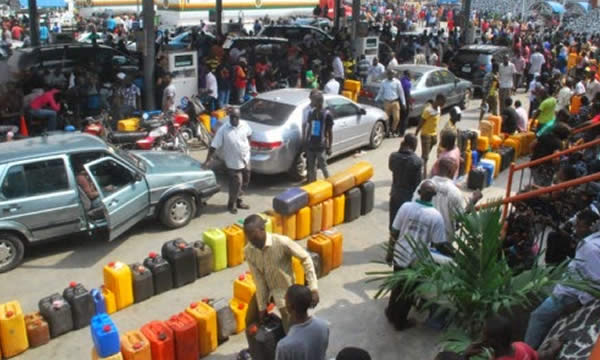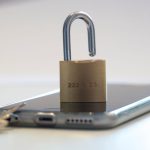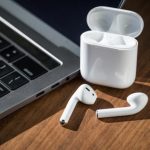The price of Premium Motor Spirit (PMS) also called Fuel has increased from N187 to between N498 to above N500 since the government of President Bola Tinubu said it would remove subsidy on fuel.
This means that the price of fuel has tripled!
People are now spending more to get same liter of fuel they did before. Therefore, now is not the time to go wasting fuel.
ALSO READ: 5 Secret Fuel-Saving Tricks All Drivers Should Know
Consequently, the following are practical ways to reduce your fuel consumption now that the price of fuel has tripled following fuel subsidy removal.
These practical ways to cut down on fuel consumption are based on the suggestions given by the Major Oil Marketers Association of Nigeria (MOMAN) and seen on Nairametrics.
Maintain correct tire pressure:
Ensure that your vehicle’s tires are properly inflated according to the recommended specifications. Underinflated tires increase rolling resistance, causing more friction and requiring more fuel to overcome. A decrease of 10 psi in tire pressure can reduce fuel efficiency by up to 10%.
Minimize load in the trunk:
Except for the emergency spare tire, carry only essential items in your car’s trunk. Every additional 50kg of weight increases fuel consumption by 2%.
Drive efficiently:
If you drive an automatic car, use cruise control to maintain a steady speed. For manual cars, shift to higher gears when appropriate. Avoid rapid acceleration from a complete stop or when climbing hills, as this significantly increases fuel consumption.
Instead of abruptly stopping or accelerating, anticipate traffic flow and adjust your speed gradually. Slow down gradually when approaching a red light or descending a hill.
Harsh braking and sudden acceleration lead to increased fuel consumption. Maintain a safe distance from the vehicle ahead to allow for smooth deceleration and minimize the need for sudden braking.
Plan your route and use technology:
Choose routes that minimize stop-and-go traffic, as constant acceleration and braking consume more fuel. Whenever possible, plan your trips during off-peak hours to avoid traffic congestion. Utilize navigation apps like Google Maps to find the most efficient routes.
Avoid idling:
If you anticipate being stationary for more than three minutes, turn off your engine. Idling consumes fuel unnecessarily, even when the vehicle is not in motion.
Maintain optimal speed:
When driving on the highway, excessive speed increases wind resistance and fuel consumption. Driving at 100km/h burns about 15% more fuel compared to a speed of 90km/h.
However, driving below 50km/h may require the car to operate in a lower gear, leading to increased fuel consumption. The most fuel-efficient range is typically between 50km/h and 90km/h on the highway.
Ensure the fuel cap is tightened:
Make sure the fuel tank cap is properly secured to prevent fuel vapor evaporation, which can result in fuel loss.
Regular vehicle maintenance:
Regular servicing of your car helps maintain optimal engine fuel efficiency. Using the correct lubricants prevents sludge formation and corrosion, ensuring smooth movement of engine parts, reducing friction, and maximizing engine power. This contributes to improved fuel efficiency.
Carpooling:
Whenever possible, consider carpooling with trusted individuals. Sharing rides with others going in the same direction can significantly reduce fuel consumption and vehicle emissions. Coordinate with friends, family, or colleagues to share the commute and take turns driving.
Avoid being on the road: Instead of using your car for every task, explore other means of communication. Consider making phone calls, video conferences, or utilizing messaging apps for meetings or social engagements that do not require physical presence.
By reducing unnecessary trips, you can save fuel and minimize your carbon footprint. Every day you telecommute reduces the amount of fuel you use by 20%.
Track and measure fuel consumption:
Keep a record of your fuel consumption to monitor and identify patterns or changes in efficiency. This can be done by noting the odometer reading and the amount of fuel added during each refill.
By tracking your fuel consumption, you can identify any unusual variations and take appropriate measures to address them, such as adjusting driving habits or seeking vehicle maintenance if necessary.
Additionally, monitoring your fuel consumption over time can help you assess the effectiveness of your fuel-saving strategies and adjust as needed.
Switch to LPG:
If you currently rely on petrol generators to power your homes, MOMAN strongly recommends considering alternative options such as solar power or converting your generators to operate on Liquified Petroleum Gas (LPG) or Compressed Natural Gas (CNG).
It is important to ensure that your generator conversion is done by a qualified technician.
They will have the necessary expertise to safely and effectively carry out the conversion process, ensuring optimal performance and safety.
Found this interesting? Share!


























 and then
and then